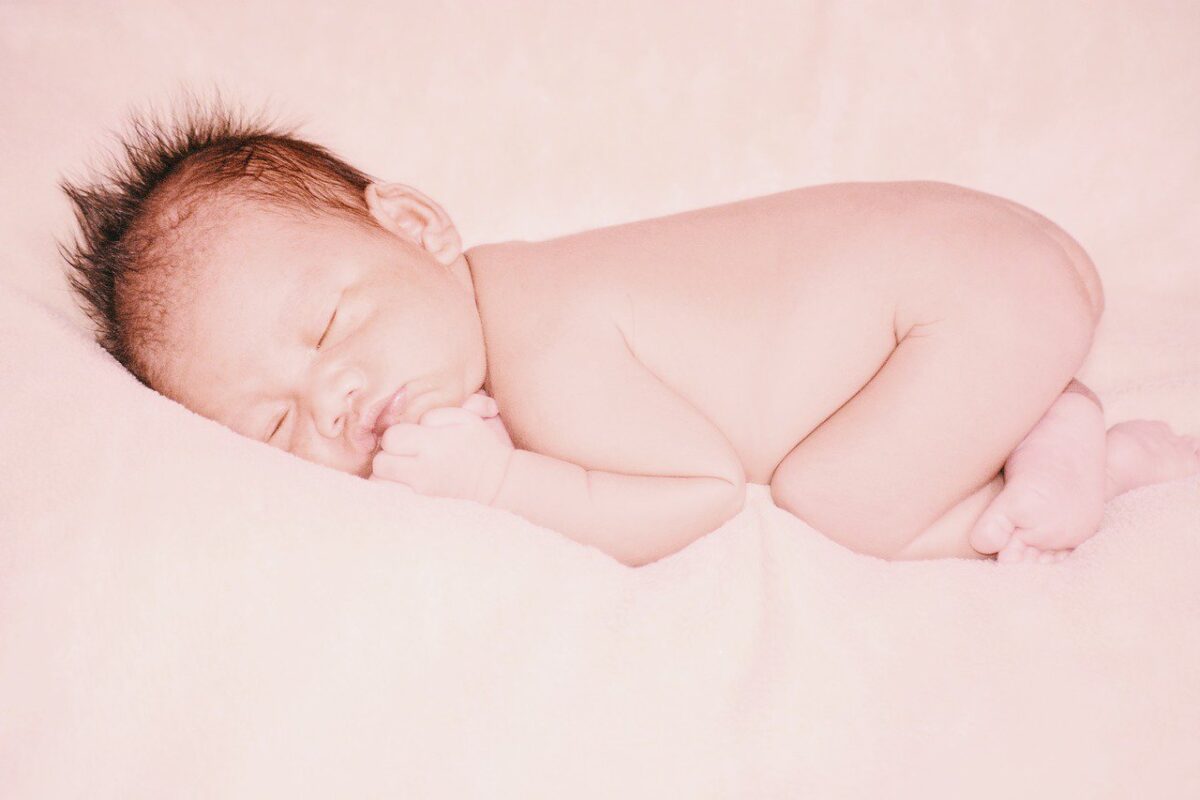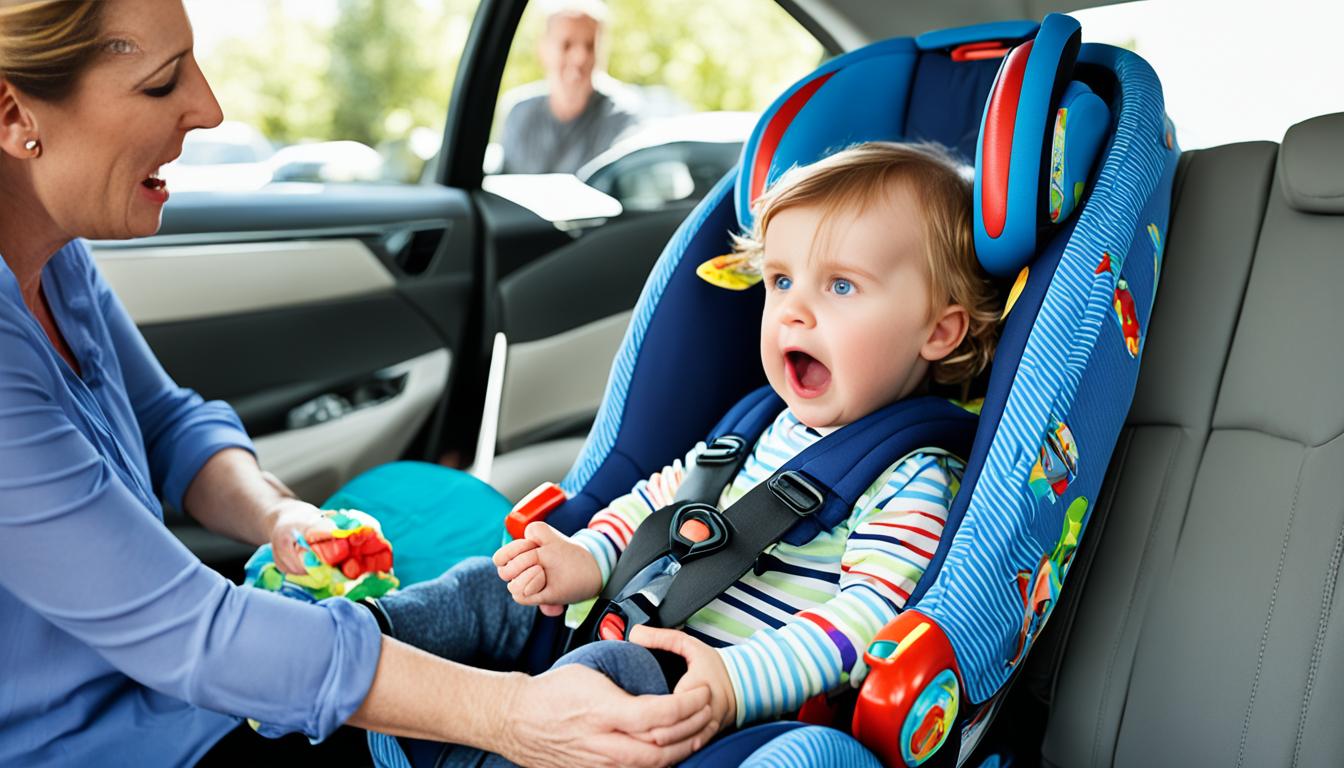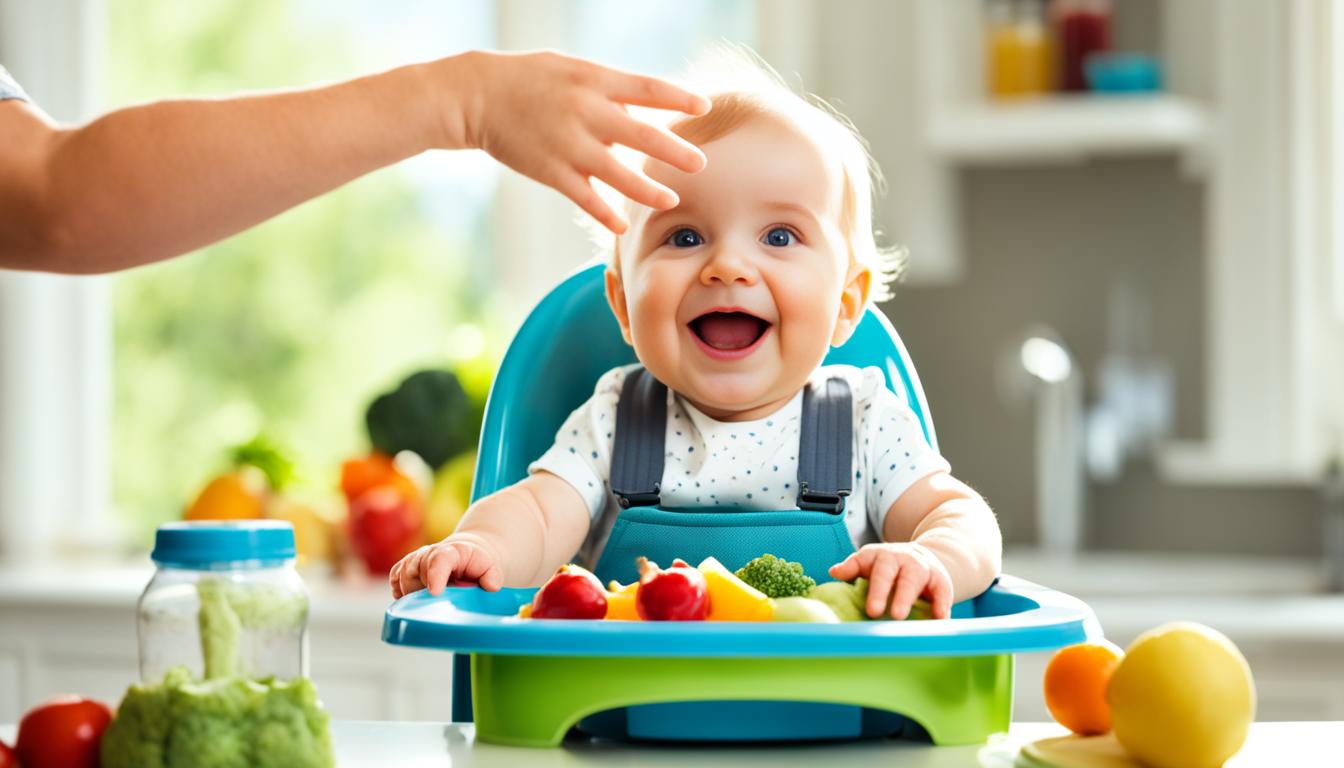Why Do Babies Sleep with Their Butts in the Air?
Many experts will tell you to put your baby on their back while they sleep. SIDS is a tragic phenomenon that overwhelmingly affects babies who sleep on their stomachs and sides. So most parents are taught to place their babies on their backs on a flat mattress with little to no coverings and pillows.
But babies don’t stay still forever. Sooner or later, you’ll see your babies changing their sleep positions suddenly. Sometimes, you might even find them with their butts in the air.
While it’s fun to see your baby in an adorable Instagramable pose, you might be wondering if this is normal behavior or not. The good news is that most of the time, this is a regular part of a baby’s development.
Skip To The Following Sections
Why Do Babies Sleep with Their Butts in the Air?
Many people who practice yoga or pilates might be familiar with the child pose. The position provides a lot of muscle and joint relief. Babies who lie on their stomachs with their butts raised upwards also feel that same comfort and tranquility.
Comfort is the number one reason why babies often sleep with their butts in the air. Self-soothing rituals often help a baby adjust to everyday life. Putting their butts upward pushes the rest of their body closer to their core.
Here are more reasons why babies might change their positions while they sleep:
They’re Becoming More Mobile
As babies grow and develop, their muscles get stronger, and their ligaments become looser. Babies can go beyond just stretching their arms and legs on their backs and might soon start crawling on their hands and knees. But before a baby starts creeping on the floor, the first practice is how to get into the pose.
Babies start to rock back and forth at 6 months and begin crawling at around 9 months. Seeing your baby on their stomach and raising the butts might signify that they can start crawling on the floor.
They Found a Comfortable Position
Let’s admit it: Sleeping in one position can get tiring. And babies believe that too. Belly sleeping can be a comforting experience, so babies might choose that over sleeping on their backs.
A fetal position can bring warmth and comfort to your baby and provides therapeutic effects on their body and mind. This sleeping position provides physical relief and encourages blood circulation.
They Feel Like They’re Being Held
Babies love the feeling of being held by their parents. They love it so much that they want to feel that same sensation while they sleep. Getting in a child’s position can help them recreate that sensation while in their most vulnerable state.
You might wonder if you need to flip your baby when you find them in that position. If your baby is older and can change sleeping poses by themselves, then there shouldn’t be anything to worry about. However, you might want to keep an eye on them if they stay in one position. Leaving an infant on their stomach overnight is not ideal, even if they are above 12 months.
It Reminds Them of Being Inside the Womb
All that warmth from sleeping in a position can remind your baby how it feels being inside the womb. Instinctive muscle memories remind them of how it felt inside their mother’s belly. So if you see them sleeping in this pose, it means they’re just living their heydays of being a fetus.
What Do I Do if My Baby Starts Sleeping on their Sides or Stomach?
Babies twist and turn in their sleep more frequently as they become more mobile. They might also push themselves on their stomachs or sides on their own.
For younger babies, especially those 6 months and below, seeing them in another position besides on their back can be alarming. Immediately check if they’re just sleeping and that there are no changes in their breathing pattern. SIDS is unpredictable, but actively preventing it can lower the risk of affecting your baby.
For older babies, you might still want to be careful. Babies can find ways to accidentally injure themselves in their sleep, such as accidentally covering their mouth and nose with a blanket. Keeping an eye on them while they sleep can help, but you can also install baby monitors inside their nursery.
How Should I Put My Baby to Sleep?
Older babies may start sleeping differently, especially when they develop their muscles and breathing. However, it’s still advised that you shouldn’t put your babies in other positions besides on their backs.
While the risk of SIDS is lower at 6 months, and SIDS rarely happens in year one, it’s still better to put your baby on its back unless your pediatrician says differently. Your doctor might recommend a different sleeping position if your child finds it difficult to sleep.
FAQ:
How old do babies start rolling and moving in their sleep?
Babies start rolling on their own around 2 to 4 months. Rolling and moving, including in their sleep, is a sign of motor skill development.
How do I keep my baby safe while sleeping?
Keep items like extra blankets, bedsheets, and stuffed toys away from your infant while they sleep to avoid anything blocking their airway. You can also invest in a flat mattress to provide more support to your infant while they sleep.
Conclusion
Sleeping is a perfect time to rest and rejuvenate the body. Sleep is a vulnerable moment for babies, so anything might happen during this time.
Some babies might start experimenting with sleeping positions, like lying on their tummies or sides. A few infants might sleep on their bellies with their bottoms in the air. While it might be concerning, especially with stories of SIDS going around, it’s usually nothing to be worried about. In fact, you might want to grab a camera and snap a picture.
So the next time you see your older baby on their stomach, think twice about waking them up. It might just be them trying out their newly-learned muscle strength. (Or maybe they’re dreaming about being a rotisserie chicken, who knows?)




